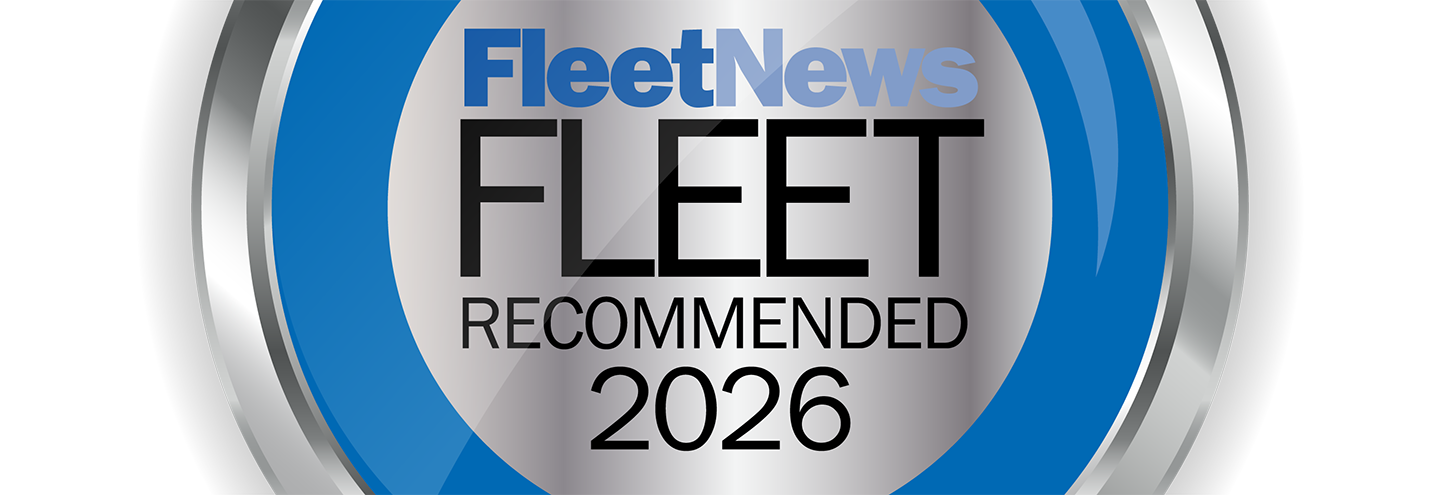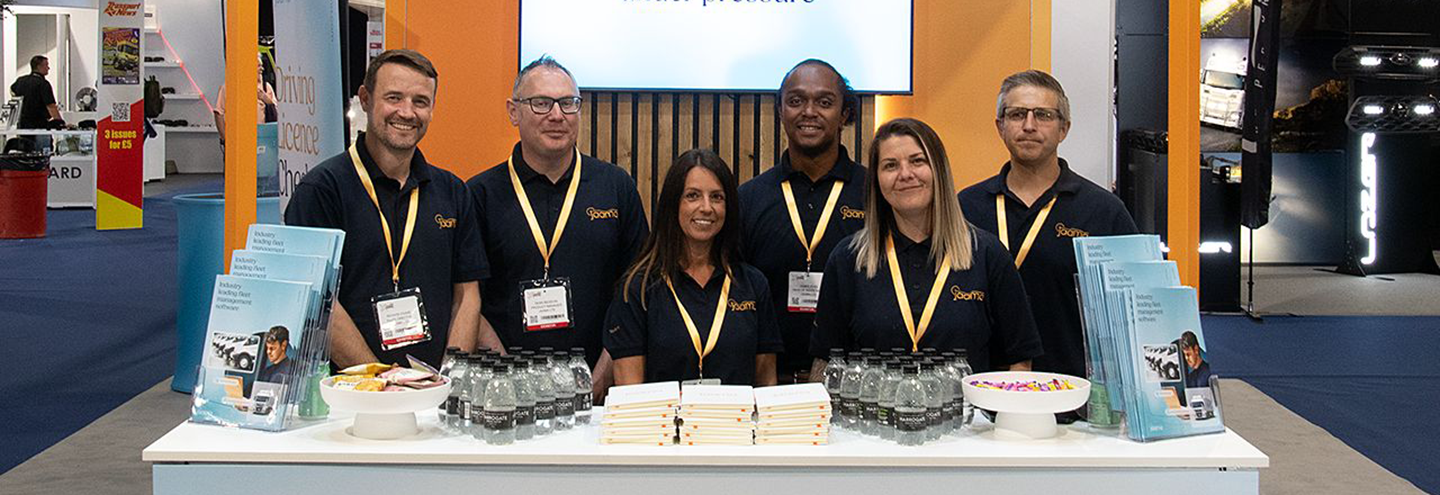Operational costs for UK fleets are under pressure from every angle. Unplanned downtime, rising labour and parts costs, and fuel volatility are just some of the expenses that keep growing. One of the biggest drains for UK fleets is fuel, with research showing that a fleet of 100 vehicles can actually save over £53,000 a year simply by improving fuel economy.
Research also shows that reactive maintenance is another hidden budget-killer, typically costing two to three times more than planned preventive work.
In this blog, we cut through the noise and explore valuable strategic levers you can pull to control costs while maintaining safety and performance, rather than blunt cost-cutting.
Operational efficiency
Fuel optimisation
Fuel is one of the biggest variable costs for any fleet. To reduce it, you can look for fleet management tools that allow you to:
- Reduce mileage and avoid congestion with route planning tools.
- Flag idling, harsh acceleration, and needless detours through telematics.
- Catch anomalies or misuse with fuel card data validation.
These actions can only help you cut costs if your fuel and usage data are in the same system as vehicles and drivers. That’s why you should look into software that supports this through integrated modules.
Predictive and preventive maintenance
It’s no secret that reactive maintenance is disruptive and more expensive than proactive maintenance. You can cut costs by adopting a model that uses data to anticipate any failures.
There are tools available designed for this, as they can connect fleet operators with service providers, handle booking, compliance documentation, authorisation, and audit trails to turn fragmented maintenance processes into a unified, streamlined workflow.
As vehicle ages rise and the replacement supply becomes tighter, maintenance costs can spiral out of control. Having the right systems in place can give you control through visibility and process discipline.
Asset utilisation
Even idle vehicles cost money. You can cut costs by using utilisation dashboards to monitor key metrics like active hours, downtime, mileage and more. Here, you can spot which assets are underperforming, where to redeploy, or when to retire them.
Driver and admin performance
Monitor driver behaviour
Every driver will have their own habits. Some might speed excessively, others tend to accelerate sharply, while other drivers brake suddenly. But these habits can actually increase costs over time, such as fuel bills, routine maintenance, and tyre wear.
However, you can cut costs in the long run by investing in training. Data shows that fleets whose drivers take part in efficiency training can improve fuel usage and save thousands of pounds per 100 vehicles each year. You can also look into coaching your drivers as well as software that tracks how drivers perform on the road to help shift their behaviour.
Performance dashboards
Your data is only as valuable as its visibility. To cut costs, provide managers with tools that feature dashboards tailored to key metrics that actually matter. This includes cost per mile, compliance flags, downtime, driver score trends, and more.
Dashboards help bring issues to light much earlier, making it easier to fix them sooner and at a lower cost.
Automate scheduling and reporting
One of the biggest yet hidden costs among fleets is admin overhead. Manually collating reports from disconnected systems, reconciling spreadsheets, chasing updates… this is a lot of wasted time.
Reduce costs by looking into fleet automation tools. By automating scheduling, maintenance reminders, performance reports, and licence expiry notifications, it can free up your team to focus on higher-value work.
If you combine coaching with automation, you can change behaviours and get more visibility, ultimately leading to measurable savings.
Lifecycle and visibility
Fleet size optimisation
There’s a real temptation to hold on to vehicles ‘just in case’, but this also has hidden costs. Insurance, depreciation, tax, and maintenance continue as normal, whether or not your fleet is fully utilising the vehicles. The costs add up when you retain vehicles beyond the optimal replacement window, so it’s important to find the sweet spot.
Look for the point where maintenance costs keep rising and the resale value starts falling, as this outweighs the benefits of keeping the vehicles. This will avoid early replacements and costly over-retention. You’ll end up with a leaner fleet that's the right size, where every vehicle serves a purpose.
Dashboard insights and KPIs
Effective lifecycle management relies on visibility. Without accurate, real-time data, your fleet’s cost inefficiencies can stay hidden until it’s too late. Dashboards can help reduce costs by consolidating core fleet performance metrics, such as downtime, fuel spend, maintenance, and cost per mile, among others. All of these metrics give you the key insights you need to act proactively.
With dashboard insights, you might notice rising costs per mile, for example. This could signal an ageing asset that you need to replace, whereas utilisation gaps will show you opportunities to retire or redeploy vehicles. Without these insights, it’s all guesswork.
This is the benefit of investing in the right fleet management software. You get advanced reporting capabilities that don’t just show where you lose money, but also help predict where costs will eventually increase if you don’t take action. With this intelligence, you can base all of your decisions on data to ensure long-term cost control.
Vehicle redeployment
Before disposing of or decommissioning a vehicle to reduce costs for your fleet, explore redeployment options first.
A lot of assets can still deliver value if you shift them into less demanding roles, such as local work, shorter runs, lighter tasks, or using them as backup vehicles for when you really need them. This approach extends the value of each vehicle, and you can still squeeze as much ROI as possible from each asset.
Redeployment also helps you maintain operational resilience, rather than buying extra vehicles to cover imbalances or peak demand. Instead, you can redeploy underused assets strategically. But this is only possible with utilisation data, as these insights ensure your fleet is cost-effective, more agile, and able to respond quickly to shifting workloads without always adding unnecessary investment.
Ready to cut fleet costs without taking shortcuts?
Rising fuel prices, maintenance surprises, and underused assets — all of these costs add up. But the biggest cost is usually the lack of visibility. Our Fleet Performance Benchmarking Reporting has insights to show how you stack up against the industry and highlights where processes and smarter systems can deliver savings.
Get clarity on your cost drivers, learn where your fleet performance metrics fall short, and identify the changes that will have the biggest ROI impact. Get your copy below and start turning cost pressure into cost control.




